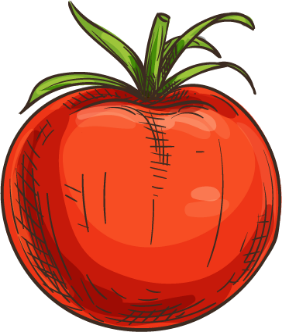DC Public School District

District Details
Washington, District of Colombia
District Enrollment: 43815
District F/R: 44.1%
District ADP: 63.4%
Production Model: Contracted Food Service Management Company
School Year Implemented: 2016-2017
# of Grants Awarded: 4

District Details
Washington, District of Colombia
District Enrollment: 43815
District F/R: 44.1%
District ADP: 63.4%
Production Model: Contracted Food Service Management Company
School Year Implemented: 2016-2017
# of Grants Awarded: 4
Participating Schools
| Kimball Elementary School | Ludlow-Taylor Elementary School | Simon Elementary School | Tyler Elementary School |
|---|---|---|---|
| Age Group: K - 5 | Age Group: K - 5 | Age Group: K - 5 | Age Group: K - 5 |
| School Size: Medium (301-900) | School Size: Medium (301-900) | School Size: Small (Under 300) | School Size: Medium (301-900) |
| School Environment: Urban | School Environment: Urban | School Environment: Urban | School Environment: Urban |
| School F/R: 100% | School F/R: 100% | School F/R: 100% | School F/R: 100% |
| School ADP: 91.31% | School ADP: 76.86% | School ADP: 94.63% | School ADP: 90% |










